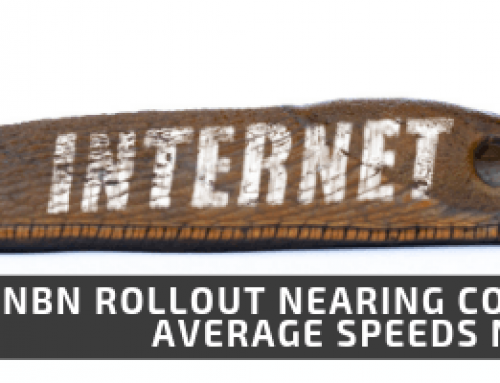The NBN is complex and through its various iterations from fibre to the premise to mixed technologies, it has become an unholy mess. The main issue is congestion, a lack of available capacity on the network, that slows some connections down to virtually nonexistent. This problem is so bad now that smaller ISP’s are building their own networks, rather than depending on a sub standard backhaul platform from NBN.
The NBN itself blames service providers for the lack of available capacity and the congestion which paralyses the network at peak times. Its website advises consumers to “speak to their service provider if they are not happy”. With the current NBN structure, the only way that a service provider can improve speeds to its customers is to buy more connectivity virtual circuit (CVC) for the areas they are servicing. That’s all well and good, but the CVC charge is commercially crippling the service providers ability to offer a good product at a market rate and still deliver value to its shareholders.
There are also limitations with NBN connections that preclude the ability of developers and communities to manage multiple layers of connectivity and provide services such as managed security, e-health platforms and remote monitoring. These applications are increasingly seen as essential to developments and communities in the digital age, but in NBN developments, necessitate a parallel network to be built to deliver these services.
Increasingly service providers small and large are choosing to use private fibre to ensure one to one connectivity and allow multi layered services over their managed network. This approach delivers a cost saving to the development and enhanced services to the community. It is fair to say that the big boys have a monopoly on the backhaul and dark fibre in Australia and the smaller ISPs are at their mercy from a price perspective, but with intelligent design and well-constructed commercial agreements, the smaller ISP’s are making their mark.
This trend is a significant threat to the already under achieving NBN. As more and more digital traffic is moved across to private networks that are completely independent of the NBN, the pool of potential revenue for the NBN to recover some of its phenomenal capital outlay is shrinking.
The good news for consumers is that the more alternatives there are out there then the better the consumer choice and value. The bad news for the taxpayer is the white elephant, political football that is the NBN. Early deregulation and consultation could have avoided the situation we find ourselves in, however, hindsight is a wonderful thing. The market and private enterprise will always find a solution to fill a gap and in the case of the NBN it has started. Aussie Broadband have recently been extremely candid about their plans to bypass NBN services and contract to the big boys for backhaul capacity. If its good enough for them, its good enough for all service providers around Australia.
Andy Whitmore, Co-founder, OCB






